 By M.P. Pellicer | Stranger Than Fiction Stories Amelia Earhart disappeared July 2, 1937, on the last leg of a trans-world flight. Two years after their disappearance, Earhart and her navigator were declared dead. For all this time her fate has remained a mystery. Every few years someone claims to have found Amelia or her plane, but definitive proof has never been provided.  The lighthouse on Howland Island was renamed and dedicated to Amelia Earhart in 1938 The lighthouse on Howland Island was renamed and dedicated to Amelia Earhart in 1938 In 1938, a lighthouse on Howland Island was named for the aviatrix. This was the place where she was supposed to refuel before ending her travels after leaving Lae, New Guinea, however even though her radio transmission was heard by those on the island, she and her navigator Fred Noonan never arrived. The message heard was: "We must be on you but cannot see you — but gas is running low — have been unable to reach you by radio — we are flying at 1,000 feet." Claimed by the United States in 1856, the island was used for guano harvesting, however the 450-acre island has never been permanently settled. A small colony named Itascatown was started in 1935, with a few persons who cleared the land for an airstrip. They lived in a half-dozen small wood-framed structures and tents near the beach, on the island's western side. The island was heavily bombed the day after Pearl Harbor. Richard "Dicky" Kanani Whaley and Joseph Kealoha Keliʻihananui were killed. The two other settlers were rescued in January, 1942. Considered mostly as a navigational hazard by sailors, the island was abandoned since 1942. Present day the Earhart Light is a day beacon, and the atoll is a wildlife refuge including the reef off its shore. So what are the theories of what happened to Amelia Earhart that prevented her from landing on Howland Island? 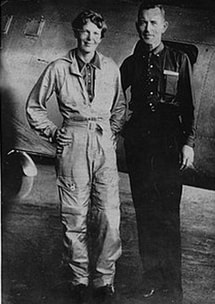 Amelia Earhart and Fred Noonan Amelia Earhart and Fred Noonan In 2018, Richard Jantz, an emeritus anthropology professor at the University of Tennessee claimed 13 bones including a skull found in April, 1940 on Gardner Island (now Nikumaroro), belonged to Amelia. Along with the bones were remnants of a pair of shoes, and a box that once contained a sextant. It had been theorized Amelia crashed on the atoll and died a castaway. The high tides would have washed the wreckage of the Lockheed Electra out to sea. Gardner Island had been uninhabited since the turn of the century. A forensic examination by Dr. David Hoodless (1887-1955), principal of the Central Medical School, Fiji, of the remains in 1941 concluded they belonged to a stocky, middle-aged man. Dr. Hoodless suggested the remains belonged to an individual of European/mix-raced heritage. The bones which have since been lost, showed they were very weathered when discovered. Other doctors besides Hoodless who examined the bones believed they were older than 4 years. The man was estimated to measure about 5'5" in height. Earhart measured about 5'7" and her navigator was 6' tall. The remains were shipped to Suva (Fiji) via the R.C.S. Nimanoa. On board they were examined by Dr. Lindsay Isaac, acting Senior Medical Officer 'in charge of Medical and forensic investigation throughout the whole colony' (1941). Isaac examined the material and identified the remains as belonging to an 'elderly male of Polynesian race,' and adding, 'the bones have been in a sheltered position for upwards of 20 years and possibly much longer'. Isaac also noted that some of the bones crumbled during transport.  Amelia Earhart with Neta Snook her former flight instructor Amelia Earhart with Neta Snook her former flight instructor In 1929, the SS Norwich City wrecked on the shores of Gardner Island. They left Hawaii bound for Vancouver, but encountered a storm as they came to the equator. They got lost and ran aground, forcing the crew to abandon ship. Eleven men died by either drowning, being dashed by the heavy sea against the coral reef or eaten by sharks. The survivors were rescued a few days later. In 1998, a private group re-evaluated and discredited the earlier report issued in 1941. They used cranial analysis software (FORDISC) to suggest the skeleton was potentially a Northern European woman, which would make the bones possibly what was left of Amelia Earhart. However without the actual bones it would be impossible to give a definitive answer, and other physicians backed up the findings from 1941.  A woman, sitting down, who resembles Amelia Earhart and a man, standing to the far left, who appears to be her navigator, Fred Noonan A woman, sitting down, who resembles Amelia Earhart and a man, standing to the far left, who appears to be her navigator, Fred Noonan Another theory is that Earhart and Noonan flew to the Marshall Islands, which were controlled by the Japanese. Speculation was the Japanese believed they were spies and imprisoned or executed the pair. In 2017, a picture was unearthed in the national archives by retired federal agent Les Kinney. The picture is of a group of people at a wharf on Jaluit Atoll in the Marshall Islands. The photograph is stamped with Office of Naval Intelligence (ONI), and was credited to a US spy. In it, a Caucasian male with a woman alongside him, with a similar hairstyle and physique to Amelia, are in the background facing away from the camera. A barge with an airplane on the back is seen being towed by a ship. The theory that Earhart and Noonan were captured by the Japanese at the Marshall Islands has been around since the 1960s, based on stories from Marshall Islanders who said they saw the plane land, and the pair taken into custody by the Japanese. Japanese authorities stated they had no records of Earhart's capture, however many of their records did not survive WWII.  Earhart's pilot license #6017 Earhart's pilot license #6017 Others speculate Earhart and Noonan both survived and returned to the United States under assumed names. Author Joe Klaas wrote in his book Amelia Earhart Lives (1970) that Earhart became Irene Craigmile (1904-1982) and then Irene Bolam, when she married Guy Bolam. Mrs. Bolam denied the claim and filed a $1.5 million lawsuit. The book publisher withdrew the book soon after its release, and the parties reached a settlement out of court. Bolam's life history was researched including her 1933 license as a private pilot, and events in her personal life excluded her from being Earhart. Joe Klass was not the only who believed that Earhart didn't die out in the Pacific, and instead made it back to the mainland. In 2003, retired US Air Force Colonel Rollin C. Reineck released his book titled Amilia Earheart Survived. He speculated that the search for Earhart gave the United States an excuse to complete reconnaissance of the Japanese, and Earhart and Noonan returned and continued life with assumed names. Dick Spink, a retired teacher took Reineck's theory and continued research, claiming Earhart landed on Mili Atoll. Others believe the plane ran out of fuel before reaching the Marshall Islands, and crashed into the ocean.  Amelia Earhart's lost cap sold at auction for $825,000 c.2022 Amelia Earhart's lost cap sold at auction for $825,000 c.2022 The mystery and allure connected to Amelia Earhart is as powerful as ever. In March 2022, a leather cap that Amelia Earhart wore on a trans-Atlantic flight in 1928, went up for auction. It was expected to sell for $85,000, but instead brought in $825,000. Anthony Twiggs, 67, had tried for years to prove that he had inherited the item from his mother. Earhart wore it in the 1929 Women's National Air Derby, and lost it in the crowd waiting for her in Cleveland. Twigg's mother, Ellie was part of the crowd, and she told her family that a boy who liked her found the helmet on the ground and gave it to her. "A. Earhart" was handwritten on the inside of the cap. In 2021, using photo matching technology Twiggs was able to authenticate the headpiece. 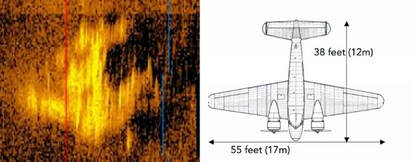 An image captured by sonar from an unmanned submersible is suggestive of Amelia Earhart’s twin-engine Lockheed Electra. The dimensions seem to match. (Source - Deep Sea Vision) An image captured by sonar from an unmanned submersible is suggestive of Amelia Earhart’s twin-engine Lockheed Electra. The dimensions seem to match. (Source - Deep Sea Vision) The last expedition to find Amelia dates to March 2024. Deep Sea Vision used an unmanned submersible to scan the ocean floor near Howland Island. Like others before them, the theory is that after miscalculating their location Earhart and Noonan ditched the airplane into the Pacific Ocean. In the fall of 2023 they scanned what appears to be the image of a plane. The plans are to return to the location in 2025 with hopes of reading the plane's radio registration—NR16020—which is written on its wings. If this is indeed Earhart's plane, then logistics would have to be planned in order to bring it to the surface. Only time will tell if Amelia and her navigator have been resting in a watery grave all these years.
0 Comments
Your comment will be posted after it is approved.
Leave a Reply. |
Stranger Than Fiction StoriesM.P. PellicerAuthor, Narrator and Producer Archives
July 2024
Categories
All
|
Stories of the Supernatural
- Stories of the Supernatural
- Miami Ghost Chronicles
- M.P. Pellicer | Author
- Stranger Than Fiction Stories
- Eerie News
- Supernatural Storytime
-
Astrology Today
- Tarot
- Horoscope
- Zodiac
-
Haunted Places
- Animal Hauntings
- Belleview Biltmore Hotel
- Bobby Mackey's Honky Tonk
- Brookdale Lodge
- Chacachacare Island
- Coral Castle
- Drayton Hall Plantation
- Jonathan Dickinson State Park
- Kreischer Mansion
- Miami Biltmore Hotel
- Miami Forgotten Properties
- Myrtles Plantation
- Pinewood Cemetery
- Rolling Hills Asylum
- St. Ann's Retreat
- Stranahan Cromartie House
- The Devil Tree
- Trans-Allegheny Lunatic Asylum
- West Virginia Penitentiary
- Paranormal Podcasts
"When misguided public opinion honors what is despicable and despises what is honorable, punishes virtue and rewards vice, encourages what is harmful and discourages what is useful, applauds falsehood and smothers truth under indifference or insult, a nation turns its back on progress and can be restored only by the terrible lessons of catastrophe."
- Frederic Bastiat
- Frederic Bastiat

Copyright © 2009-2024 Eleventh Hour LLC. All Rights Reserved ®
DISCLAIMER
DISCLAIMER
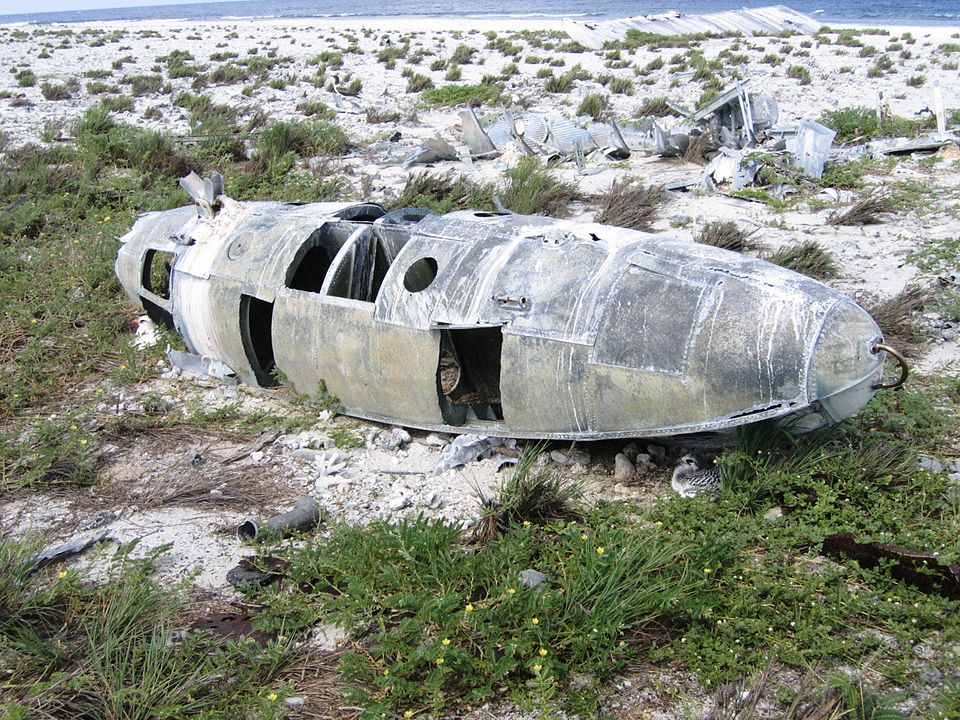

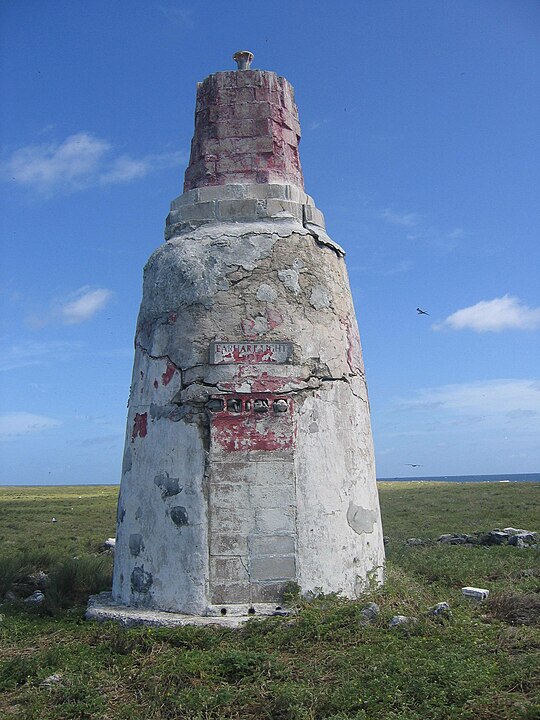

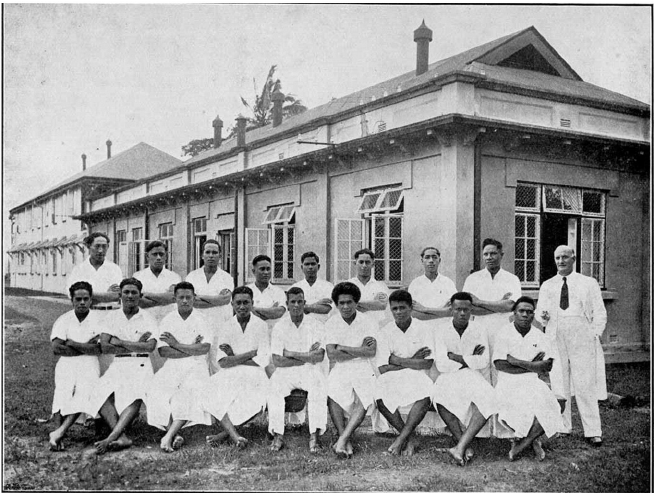

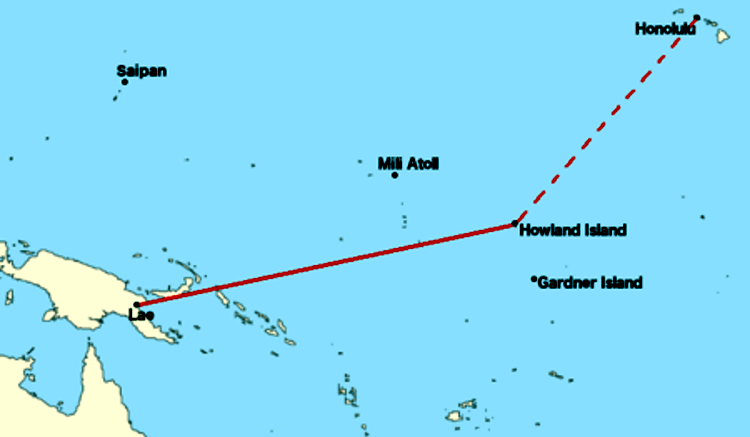
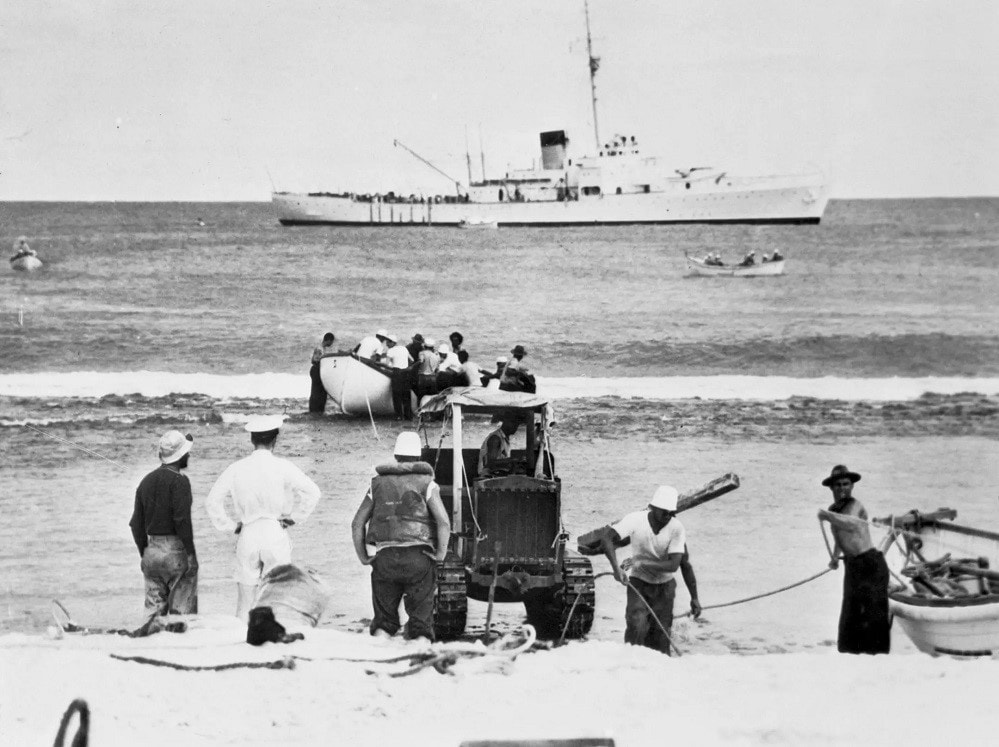
 RSS Feed
RSS Feed
















